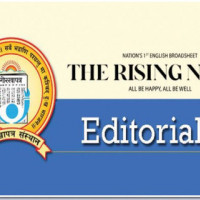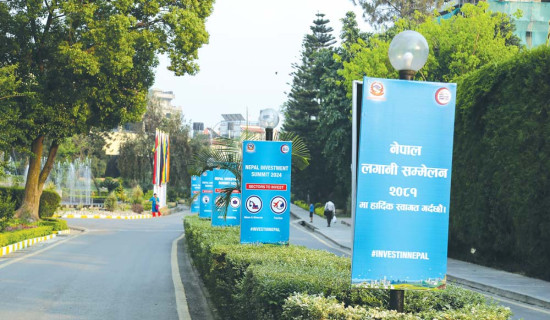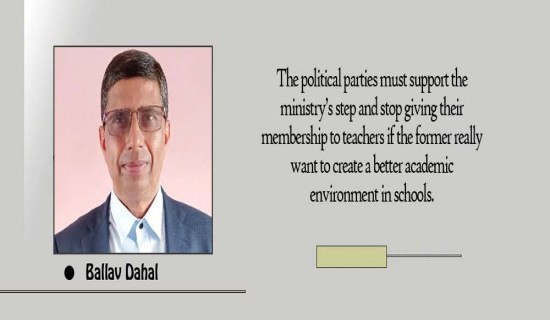- Tuesday, 30 April 2024
FDI Aids Development
Foreign aid and grants have been an important component of fiscal year budgets of Nepal. As the large chunk of incomes go for meeting general expenditures, there is little budget meant for socio-economic development. Weak tax base and insufficient revenue collection have made it difficult for every successive government to profusely invest in infrastructure development, job creation and public sector. So the country often looks to international community for their generous cooperation to fuel economic growth. Neighbours, friendly nations, and bilateral and multilateral agencies have been supporting us to end poverty and achieve sustainable development for decades. Today foreign aid comprises 26 per cent of the national budget, with 40 donors providing official development assistance to it.
It is interesting to note that the country began to obtain foreign aid ever since the formulation of First Five-Year Plan (1956-61) that had allocated Rs 330 million for development spending of which Rs 220 million was managed through foreign donors. As the world is increasingly becoming interdependent and globalised, foreign grants alone have not got priority. Foreign loans, investment and technology transfer have significant impact on the receiving nations. The nations that have drawn good deal of foreign investment and used it in productive sector wisely have attained growth and prosperity quickly. There are also cases where the countries are rich in natural resources but lack capital and cutting edge technology to harness them. Nepal, located between the two economic giants, fall into this category and is vying for foreign investment for overcoming its economic backwardness.
With liberal economic order and business friendly atmosphere, Nepal is an ideal destination for foreign investment and it is making its best foot forward to this end. Against this backdrop, it is going to organise the Third Nepal Investment Summit (NIS) from April 28 to 29, 2024 in Kathmandu. The Summit will feature high-level representatives from the government, private sector, and development partners, noted national and international speakers, dignitaries and sector-specific experts. It basically aims to promote Nepal as an attractive investment destination, showcase potential projects to the investors towards its realisation, provide a platform for interaction and networking and facilitate potential investors/developers to realise Nepal’s investment opportunities.
The periodic plan, policies and programmes have accorded top priority to the domestic and foreign direct investment (FDI). The related laws have been amended and framed to create an investment-friendly environment while removing the unnecessary bureaucratic hurdles. The other day, Prime Minister Pushpa Kamal Dahal Prachanda called upon Kathmandu-based diplomatic missions and the development partners to cooperate with the government to make the Investment Summit a success. PM Prachanda underlined the contribution of development partners and diplomatic missions to project the Himalayan nation as the destination of investment.
No doubt, the summit will serve as a viable platform to connect Nepali production and service to the global market while encouraging potential investors and financial institutions to explore opportunity and forge long-term partnership. Nepal needs to bring in FDI to develop hydropower projects and other vital infrastructures. The country has set to attain 6 per cent economic growth and this goal is unlikely to be met until it makes huge investment and demonstrates capacity to spend capital budget.
















